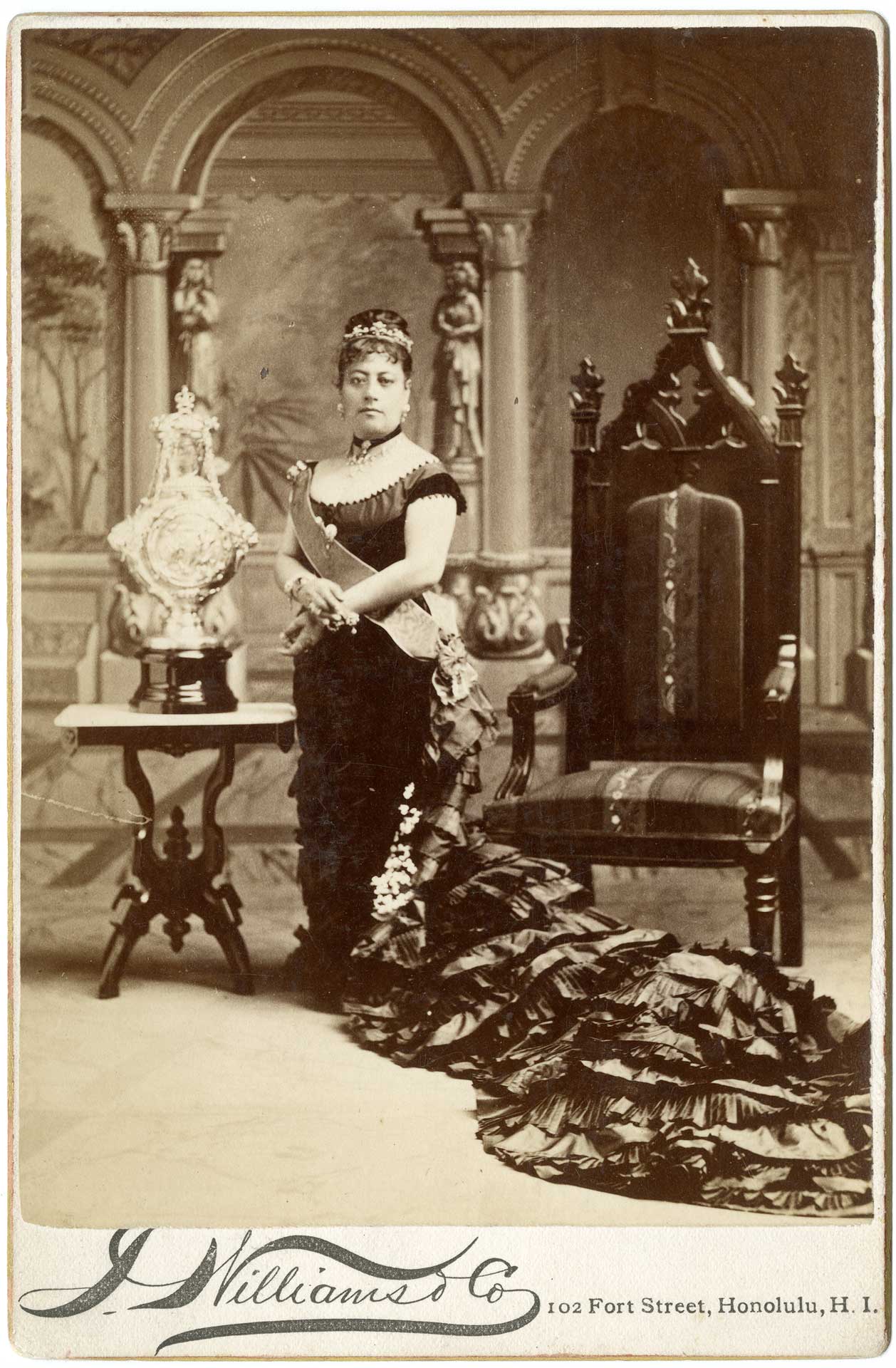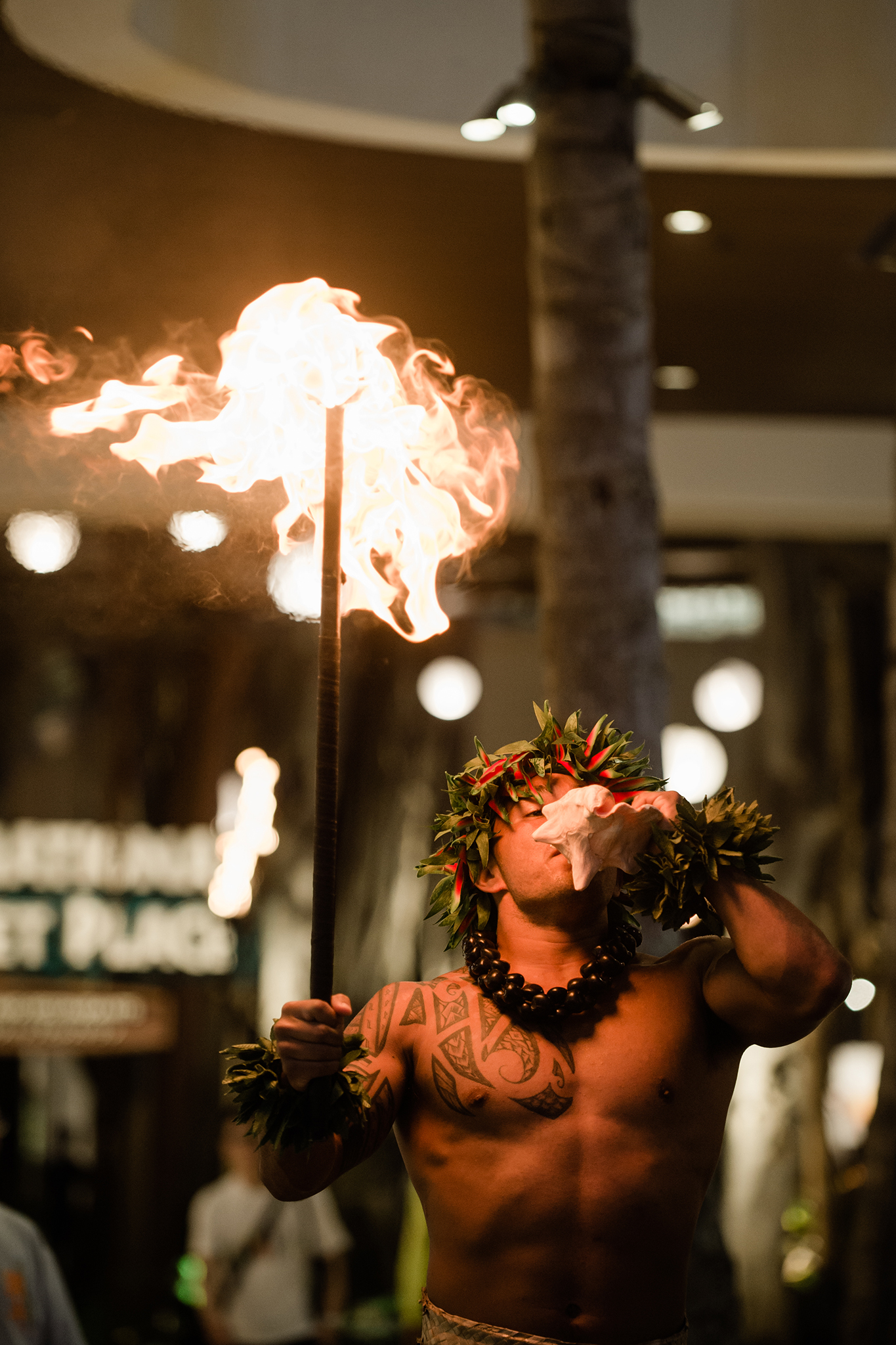

In Praise of Emma
A beloved queen’s achievements and adventures are honored through her legacy.
ERIN KUSHIMAEJO
COURTESY OF BERNICE PAUAHI BISHOP MUSEUM
愛され続ける女王の業績と冒 険を称えます。
There is a type of chant for almost every facet of Queen Emma Kalanikaumaka‘amano Kaleleonālani Na‘ea Rooke’s life, from her storied origins to her lamented death. A queen of Hawai‘i and consort of King Kamehameha IV, she was beloved by her nation for her intrepidity and sense of righteousness. One needs only to hear a mele hō‘ihi, a chant of praise, in her name to understand exactly how she was respected. An excerpt of one such mele reads:
He inoa nou, e Kaleleokalani Ke ali‘i kū kapu, kū lanakila A he kila kohu ‘oe no ke aupuni A he lei kaimana no Hawai‘i A name song for you Kaleleokalani A chiefess who stands in sacredness, stands victorious You are a fitting symbol for the nation And a necklace of diamonds for Hawai‘i
Then there are mele māka‘ika‘i, or, travel chants, which recall the queen’s fearlessness during her adventures around the islands. They tell of her expeditions into the Wai‘anae Mountain Range on O‘ahu, within the forests of Haleakalā on Maui—even a treacherous horseback ride up Maunakea on Hawai‘i Island. Many mele māka‘ika‘i were inspired by a famous trip to Kaua‘i during which the queen braved the Alaka‘i Swamp and trekked, mostly on foot, 4,000 feet up the slippery slopes of Wai‘ale‘ale, the highest peak on the island.

Chanters of mele makena lament the two great sorrows of the queen’s life: the deaths of her son, Prince Albert Kamehameha, the crown prince of Hawai‘i who was but a child at the time of his passing in 1862, and her husband, King Kamehameha IV, only a year later. Imagery of heavy rainstorms and loneliness in these mele illustrate the depths of the nation’s sorrow at the loss of its leaders.
During Emma’s 1874 candidacy for the throne against David Kalākaua just over ten years after those tragedies, chanters’ focus had shifted from mourning to galvanizing. Mele kālai‘āina, or, political chants, proclaim the queen’s virtuousness and affirm her royal ancestry, asserting her rightful place as ruling monarch of Hawai‘i.
Perhaps the most common theme in each chant about Queen Emma, no matter the type, is her commitment to her people and their wellbeing. The mele hō‘ihi above goes on to extoll her:
I makua ho‘i ‘oe no ka lehulehu No nā maka‘āinana ho‘i a pau Hea aku mākou ho‘ola‘i ‘oe Kaleleonālani kou inoa You are like a parent to the people For all of the citizens indeed We call out to you, you pause and enjoy Kaleleonālani is your name
Institutions the queen established stand as physical manifestations of that commitment. ‘Iolani School and St. Andrew’s Priory in Honolulu are testaments to her concern for the educational needs of her people. Perhaps her most famous contribution is The Queen’s Medical Center, formerly known as The Queen’s Hospital, created to heal the ailing Native Hawaiian population. At her request, in 1859, King Kamehameha IV signed legislation to establish the hospital. Though the queen was not directly involved with the politics of the hospital’s founding, she was active in fundraising for it; she hosted benefit performances and fairs, and even took it upon herself to go door-to-door with the king to collect pledges from businesspeople, professionals, and diplomats. The royal couple exceeded their goals, raising a considerable sum of $13,530 in just one month. Today, the establishment is the largest private hospital in the state.
There is even a piece of Queen Emma’s legacy at the International Market Place. The land beneath the famous sprawl of shops and eateries is one of the most valuable assets of Queen Emma Land Company, a nonprofit organization established to advance healthcare in Hawai‘i. Revenues generated from the International Market Place directly support Queen Emma’s vision of healthcare in the islands, providing a sustainable source of income for The Queen’s Medical Center and funding initiatives like the 2014 opening of The Queen’s Medical Center West O‘ahu.
Perhaps the queen’s song to her people was one of love and care—infrastructure created and lands bequeathed to ensure the enrichment of her people long after she was gone. In return, she is immortalized in mele that resound in the hearts of generations past, present, and future.








